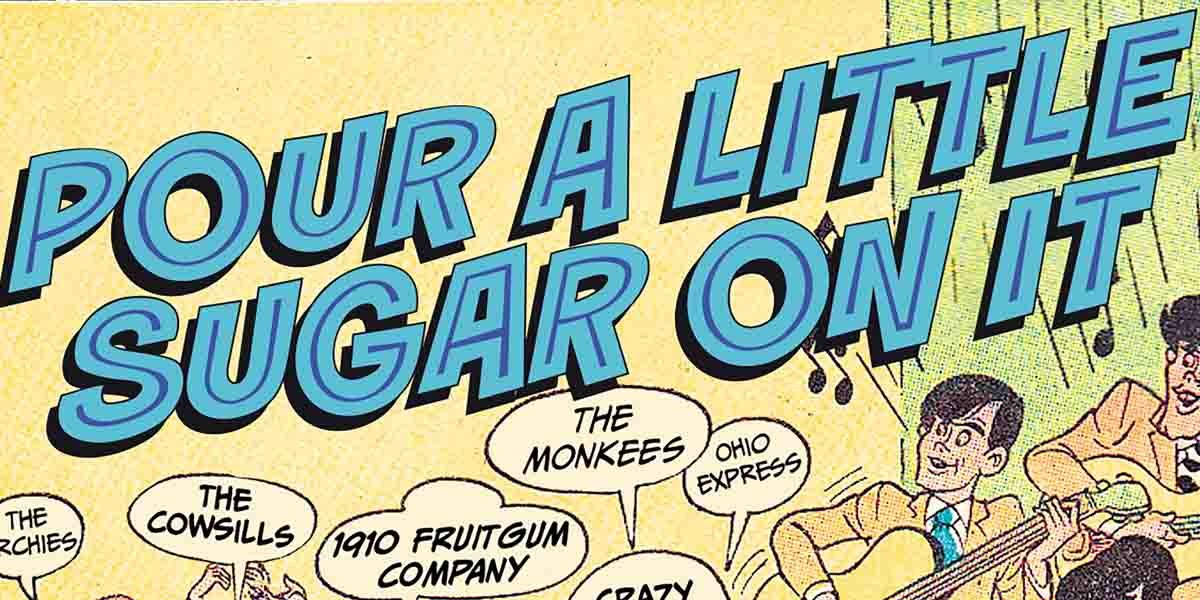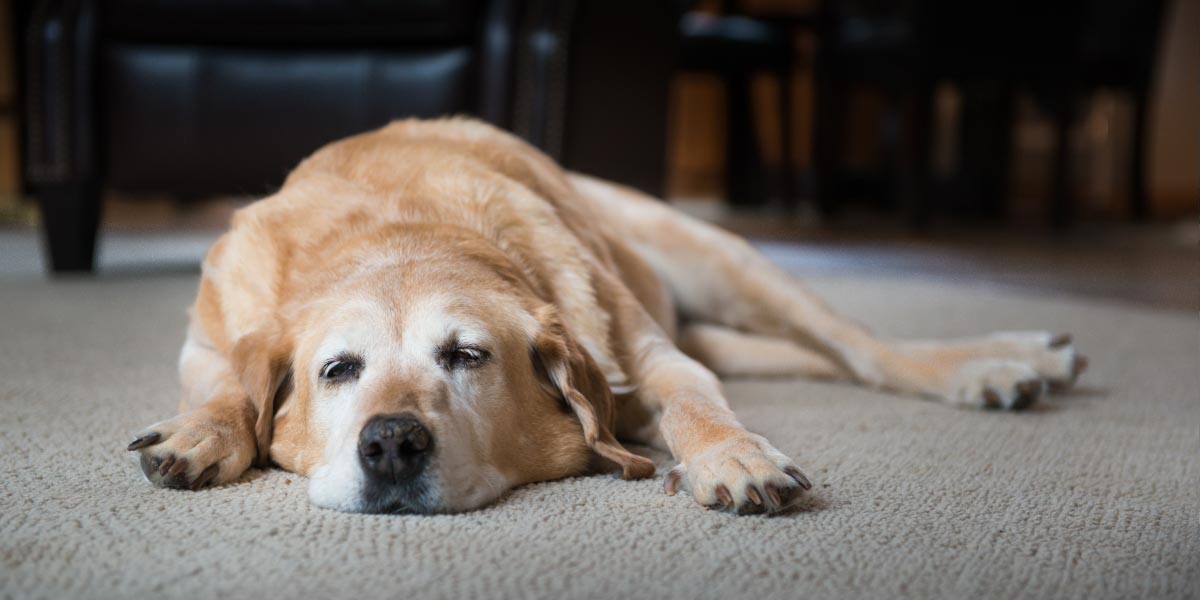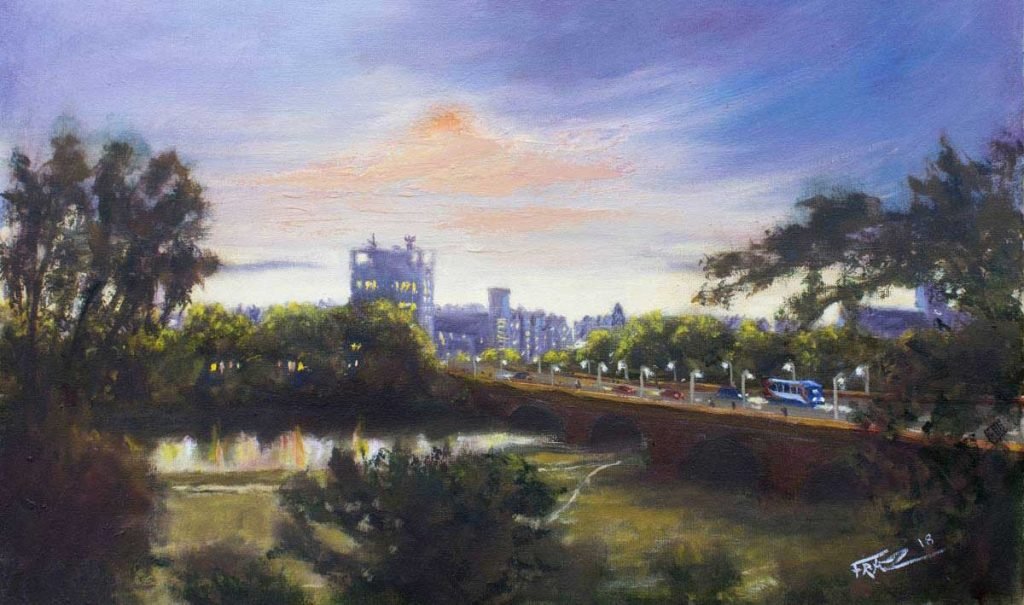Plans for extensions were advanced by 1891 but there was a wish to open “as soon as possible” and a temporary reading room was opened, which proved very popular.
On 20 November 1891 the Carlisle Journal reported on the physical changes being made and published a plan for the building adding, “preparation has been made for lighting the whole building by electricity, if that mode of illumination should eventually be decided upon in preference to gas.”
The Council chose electricity (very new at the time) and two years later (10 November 1893) it was reported, “the buildings are lighted by electricity. The engines, dynamos, and other plant are placed in the basement of the northwestern wing of the building [under the Museum] and are under the charge of Mr Tom Duckworth.

Two Tangye horizontal 16 horsepower gas engines powered two dynamos. Extra heavy flywheels, each weighing 22 cwt, were used to ensure steady running and to prevent any fluctuation of the lights. The output was to drive up to 419 Edison-Swan type lamps, from 8 to 16 candle power each.
The introduction of electricity unfortunately led to a fatality. On 13 March 1894 the Carlisle Journal reported “the accident to Mr Tom Duckworth at Tullie House on the evening of Monday week terminated fatally in the Infirmary on Saturday evening. Mr Duckworth, in charge of the machinery generating the electric light for the Reading Room and School of Art, was cleaning the oil from a revolving drum with a piece of cotton waste. His left arm was accidentally caught between the belt and the drum. In an instant he was thrown violently to the ground by the rapidly revolving machine. His left arm was mangled, and his skull fractured. He was removed to the Infirmary, where his injured arm was amputated, but the fracture to the skull was serious. He expired on Saturday evening, leaving a widow and two children.”
With the introduction of mains electricity in 1900 there was no further need for the turbines and the cellar was used for other purposes.

Written by David Ramshaw
Much more about Tullie House and it’s past is described in the book “Carlisle’s First Learning, Tullie House,” available from my website:
www.p3publications.com Tullie House, and Bookends.






